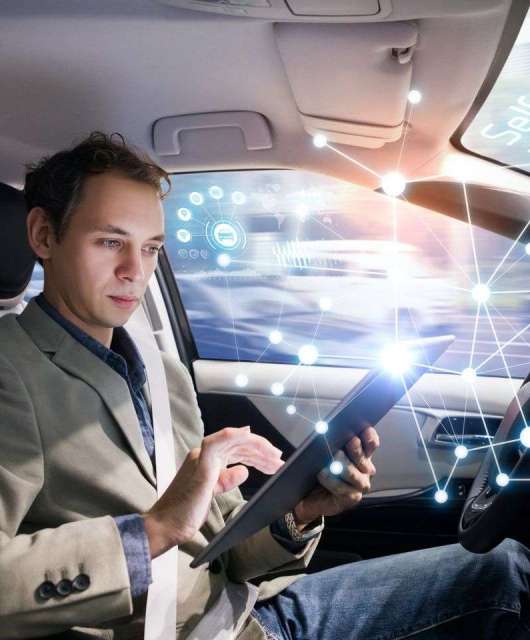California’s Department of Motor Vehicles (DMV) had registered slightly less than 50 cases of traffic accidents that involve autonomous vehicles since 2014.
While this may not seem a lot currently there is a limited amount of driverless cars on the streets of California – less than 15 in the state itself, and approximately 50 in the whole continental US.
We are less than five years away from seeing self-driving cars become available for the masses and the numbers of accidents involving autonomous vehicles that have occurred so far are not particularly satisfying. The cars that are currently being tested tend to get involved in a minor crash at least once a year. We sincerely hope the cars that will end up in the hands of the consumers in the next decade will be safer than the ones we see on the roads of California right now. While safety is number one for car manufacturers, inevitably there will be deaths in accidents involving autonomous vehicles.
Meeting the federal standards for public safety for a vehicle that does not require a driver sound complicated, doesn’t it? So how are automobile manufacturers going to achieve it? They are planning to meet the federal motor vehicle safety standards by using the power of virtual reality.
Technology
The sophisticated technology that will be integrated into the driverless cars of the future will have some hard decision to make. Steering the wheel on the left might be aiming towards a pregnant lady crossing the street while turning right might end up endangering a group of children. How does your self-driving vehicle make a choice? Developers are making some tough decisions as the lives of millions are currently in their hands. While the programming experience of software engineers might be great, most of them are unlikely to be professional drivers, nor they have vast fleets of driverless cars to work with. So where do they get usable data? Is it possible for them to experience every obstacle that happens on the road? Not really, this is why they are adding VR to the equation.
Companies have testing vehicles inside virtual reality
Companies such as Toyota and Uber have begun testing vehicles inside virtual reality simulations of the very same cities that we inhabit. Scientists realized there is no need to have plenty of real cars on the roads when there is an option to let virtual cars “drive” the streets of any city photographed by Google on street-view mode. Vehicle tested in the virtual world is harmless but having a car accident in the real one could be fatal. Well done for finding a way to save lives!
Hats down to the people who made it happen! Some of the major cities where self-driving cars are present already struggle with traffic so the people would appreciate the lack of additional bot-cars. Let the testing continue where safest – the virtual reality.
If you are curious if there are any driverless cars in your town, or if your city is preparing to welcome the autonomous vehicle revolution, check out this useful map – http://avsincities.bloomberg.org/ .





3 comments
Nice
Thanks for reading us, Renu!
Kind regards,
Panda Security.